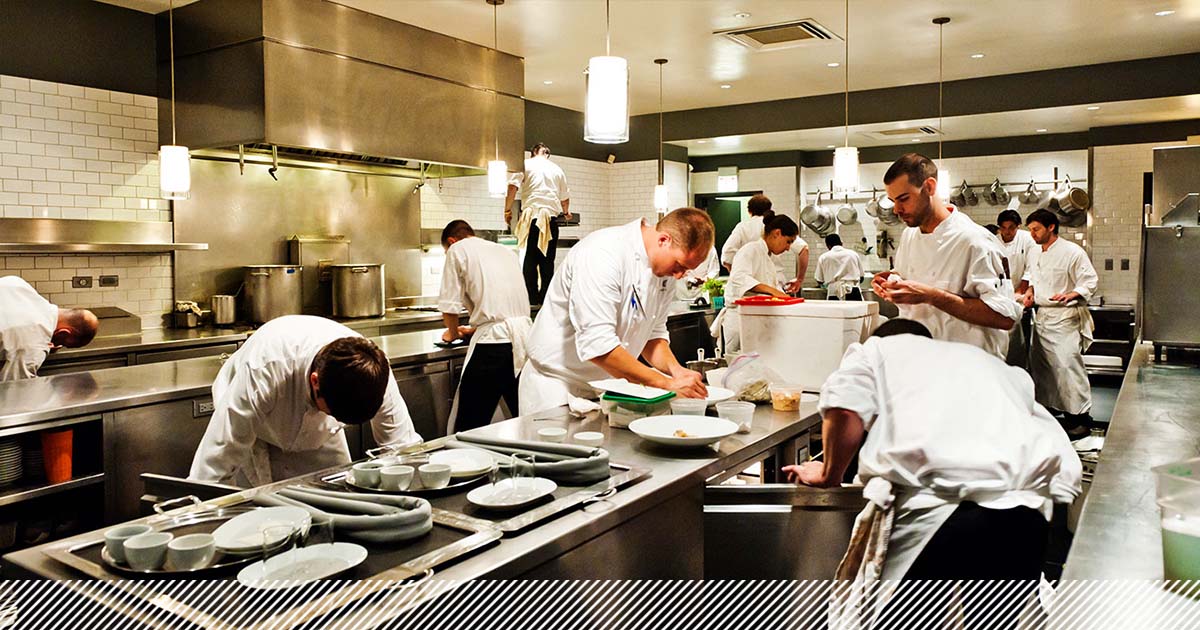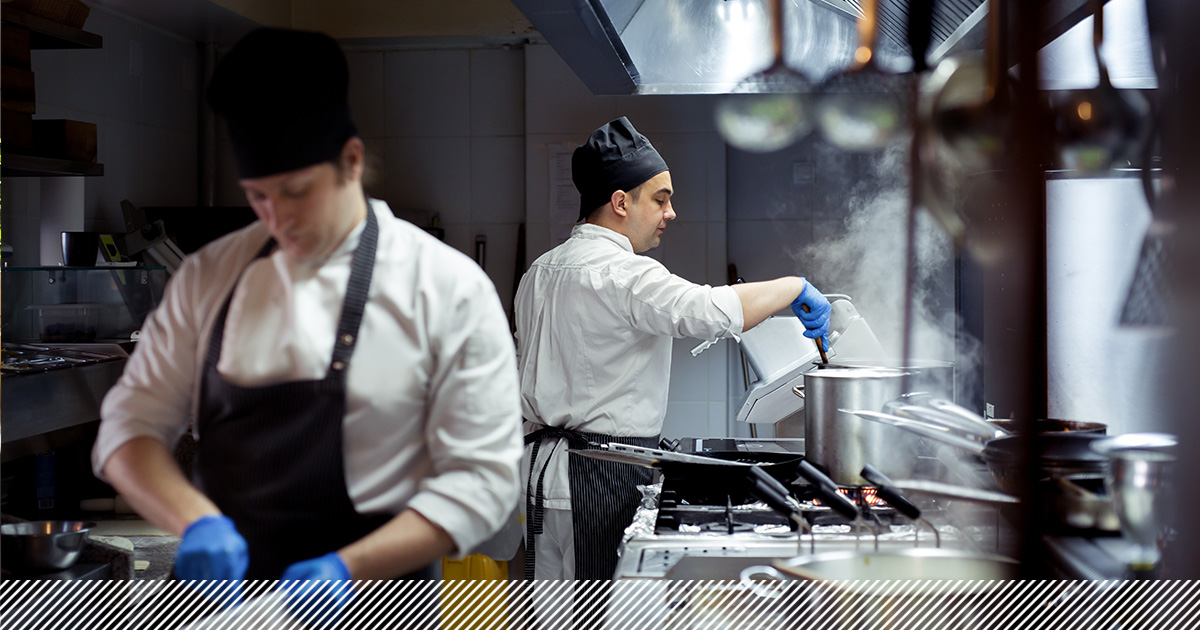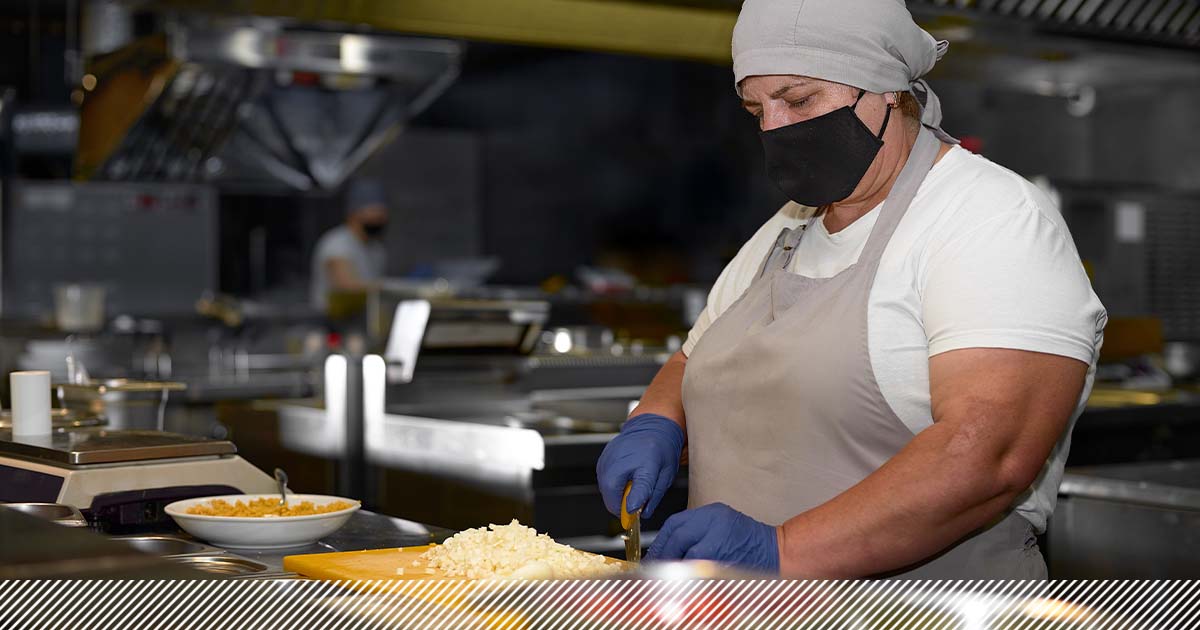Food Waste Intelligence

With supply chain disruptions making it more difficult to get the food you need, when you need it, it's more important than ever that you're extending the shelf life of all your inventory. This is also a prime food waste reduction strategy. Getting the longest life out of the food you purchase is always a concern in a food operation. It is essential to make sure that foods are stored properly to extend shelf life and avoid unnecessary waste and cut back on frequent orders and deliveries.
Read More >>Topics:
Food Waste Strategies
Trim waste is the second largest source of food waste in kitchens, just behind overproduction. Some trim waste is unavoidable. Regardless, it all represents a financial hit: while you may not eat an orange peel, your kitchen still paid for it. And protein trimmings are most costly than ever. So it’s important to make sure your kitchen accumulates as little trim waste as possible. To help with that, here are four questions to ask your kitchen manager, chef or frontline team to make sure reducing trim waste is top of mind.
Read More >>Topics:
Food Waste Strategies
Questions. Everyone has them. I have been fortunate enough to work with hundreds of organizations and thousands of chefs and most of them have the same thing in common: they have a food waste problem and they want a solution for it. I get asked A LOT of questions. Most of the questions I get asked are about repurposing - like, “Chef, do you have a recipe for orange peels?” or “What do I do with leftover pizza dough?” Most of these types of questions have to do with chefs looking for recipes or ideas to creatively turn trim waste or ov...
Read More >>
Your kitchen is nearing the end of a busy service and it’s been a long day. Your culinary team is short staffed. Everybody is drained and looking forward to heading home. But there’s still food to be served, and breakdown and clean up still have to be done. There are many food waste critical control points within a kitchen: the end of service is one of the most important. What happens in this short span of time, when staff are often distracted, can have a large impact–positively or negatively–on your food waste prevention efforts. The...
Read More >>Topics:
Tips & Tricks
The world is experiencing a massive labor shortage, the impact of which is falling particularly hard on foodservice. Chefs and managers are being forced to introduce new processes and procedures that allow the day-to-day functions of the kitchen to continue, but with much less labor than they had before. When chefs and managers choose a labor-saving tactic to fix one aspect of the operation, there may be pitfalls or unintended consequences, like an increase in food waste.
Read More >>